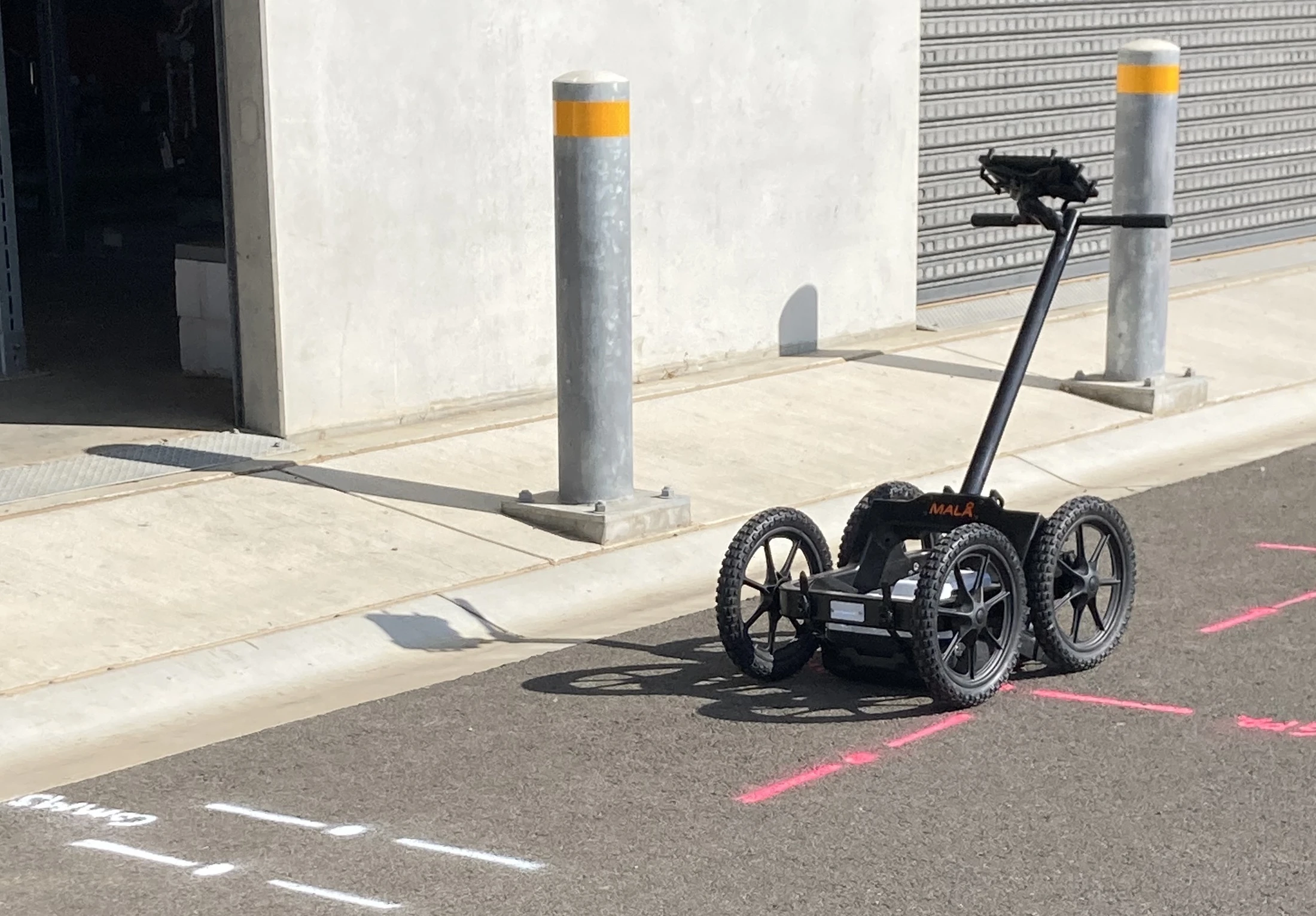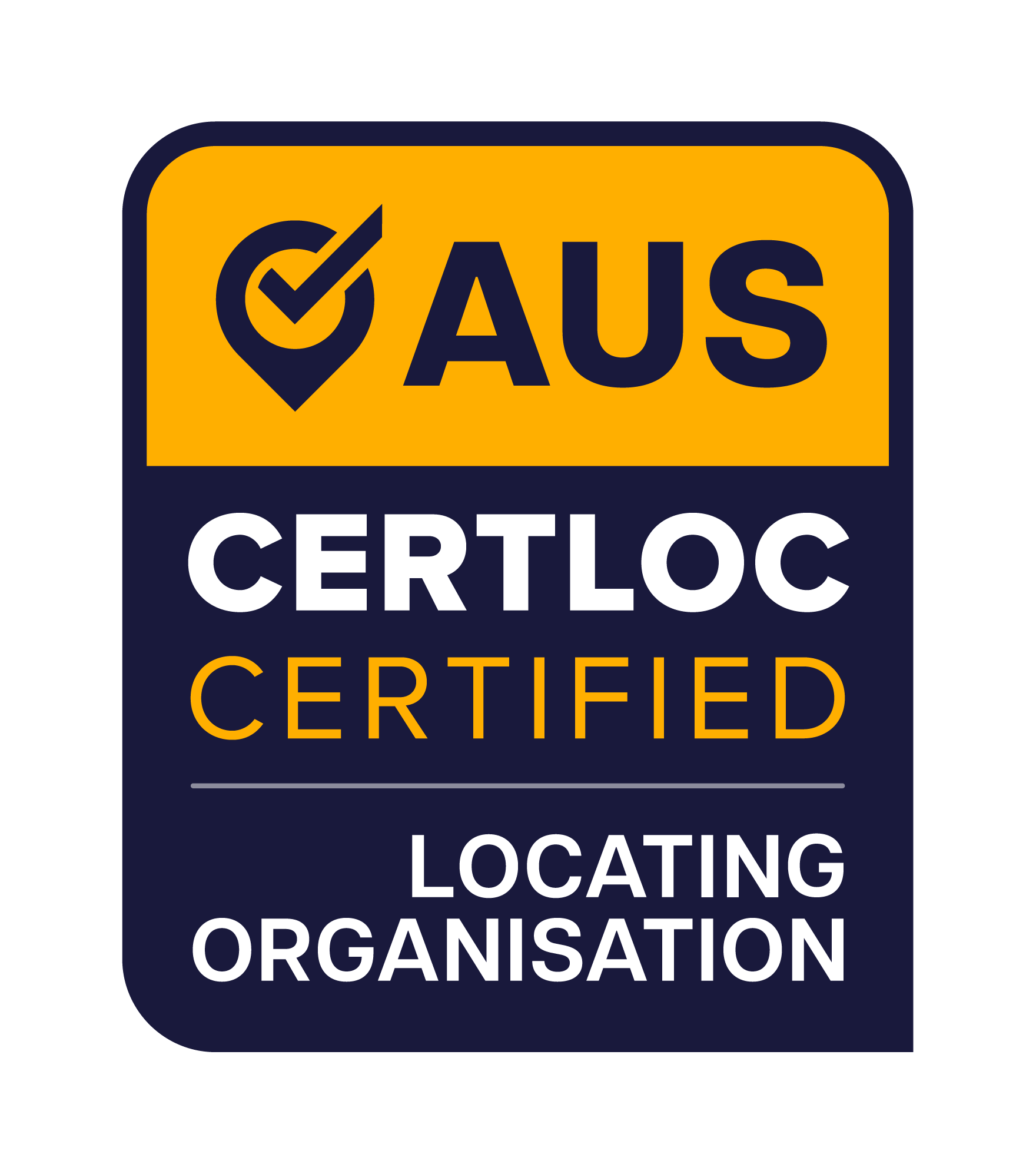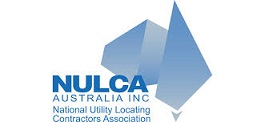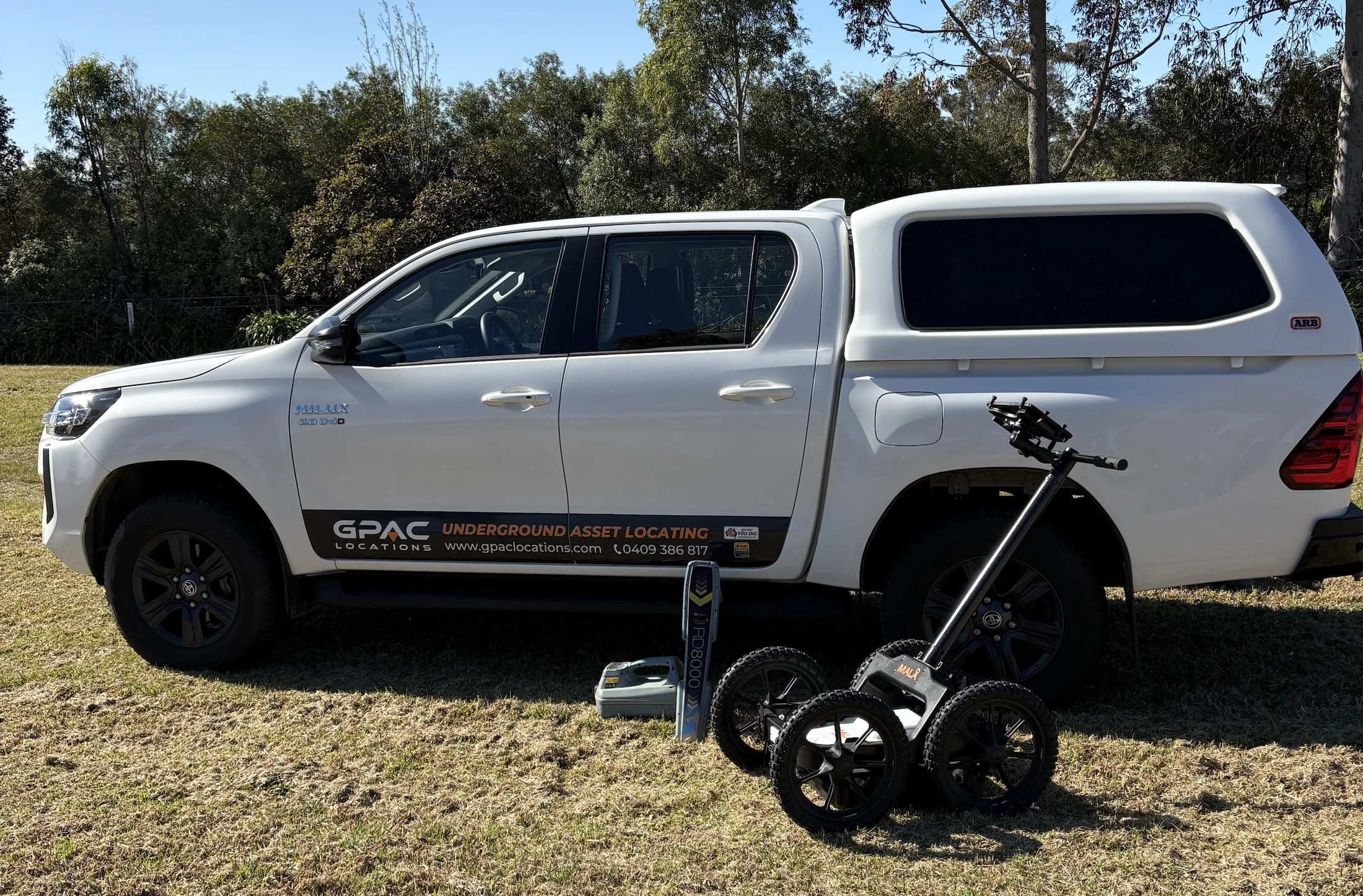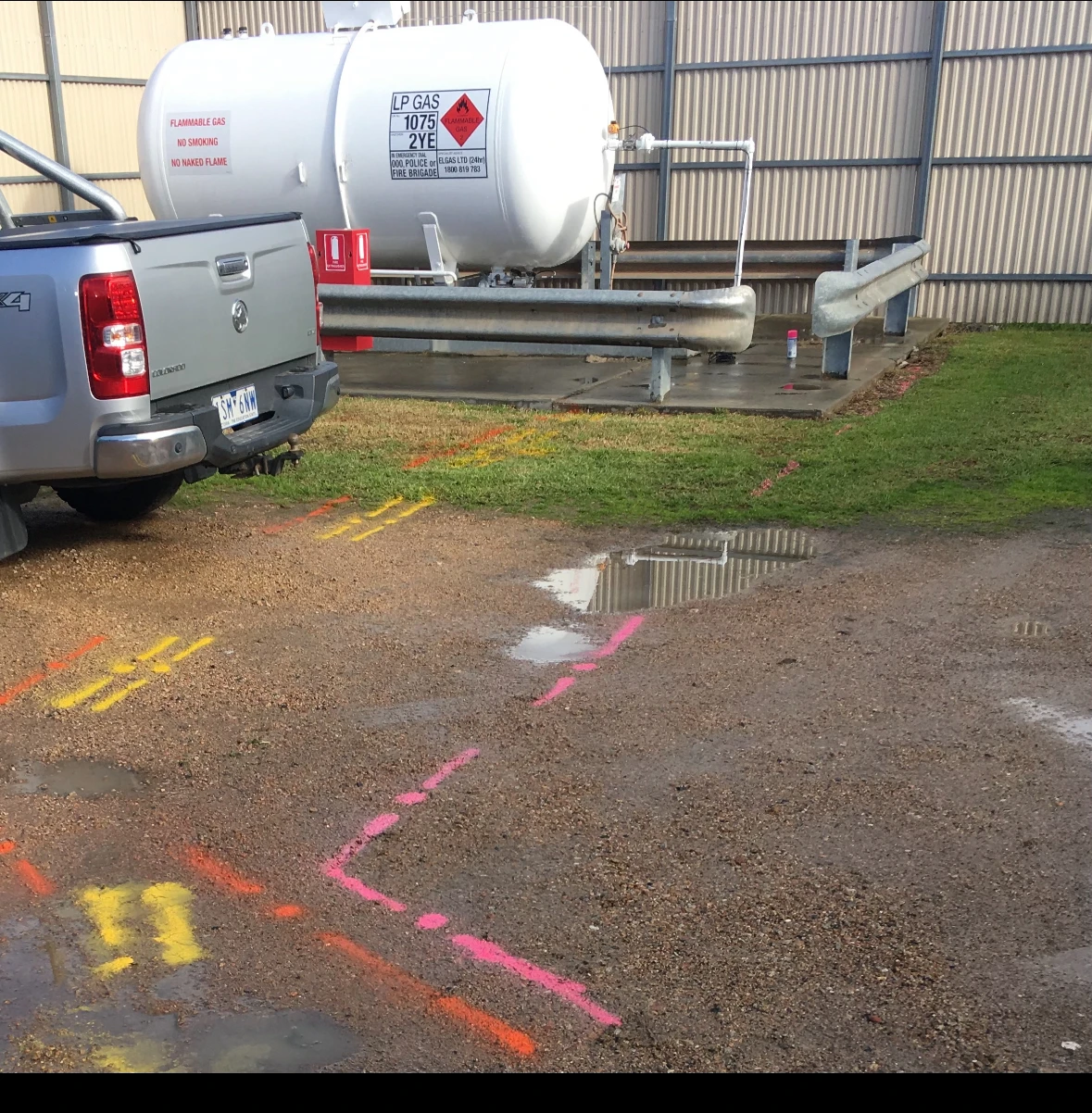What is Ground Penetrating Radar for Utility Locating?
GPR is a geophysical technique that uses high-frequency radio waves to create detailed images of subsurface features. GPR detects changes in materials or structures, such as pipes or ground layers, and processes the reflected signals to map underground objects (utilities). This is very useful in locating non-metallic utilities such as plastic or concrete water pipes, sewer mains or pipes without a trace-wire.
For anyone preparing excavation or any type of construction that involves breaking ground, Ground Penetrating Radar (GPR) offers a non-invasive and non-destructive solution for detecting underground utilities. This advanced technology works by sending pulses of electromagnetic energy beneath the surface of soil, rock, concrete, or other subsurface materials to reveal what lies below.
When it comes to identifying buried assets and underground services, GPR is one of the most effective tools available. Specialist utility locating companies use this method to provide accurate, reliable data before any digging begins.
Contact Us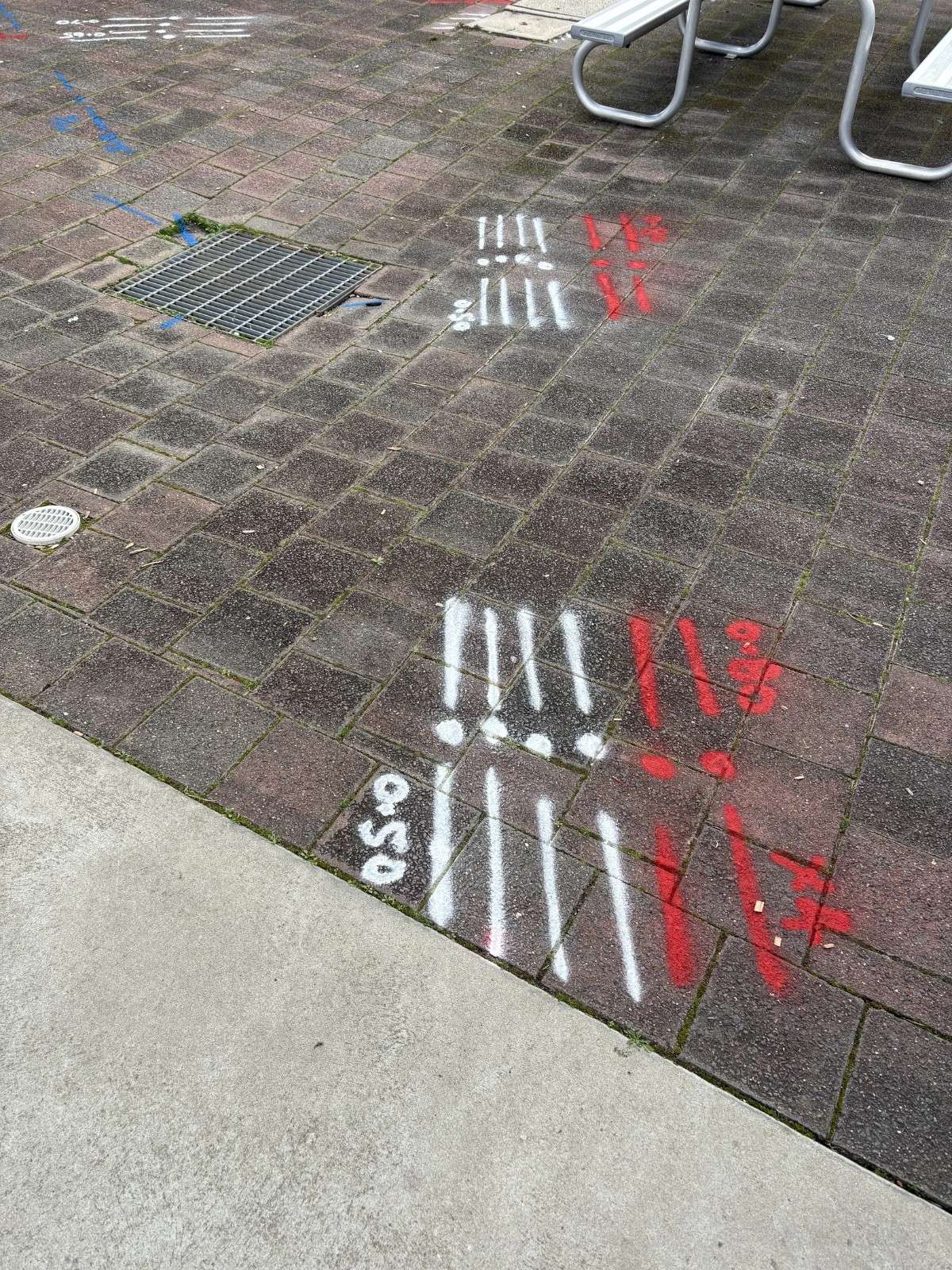
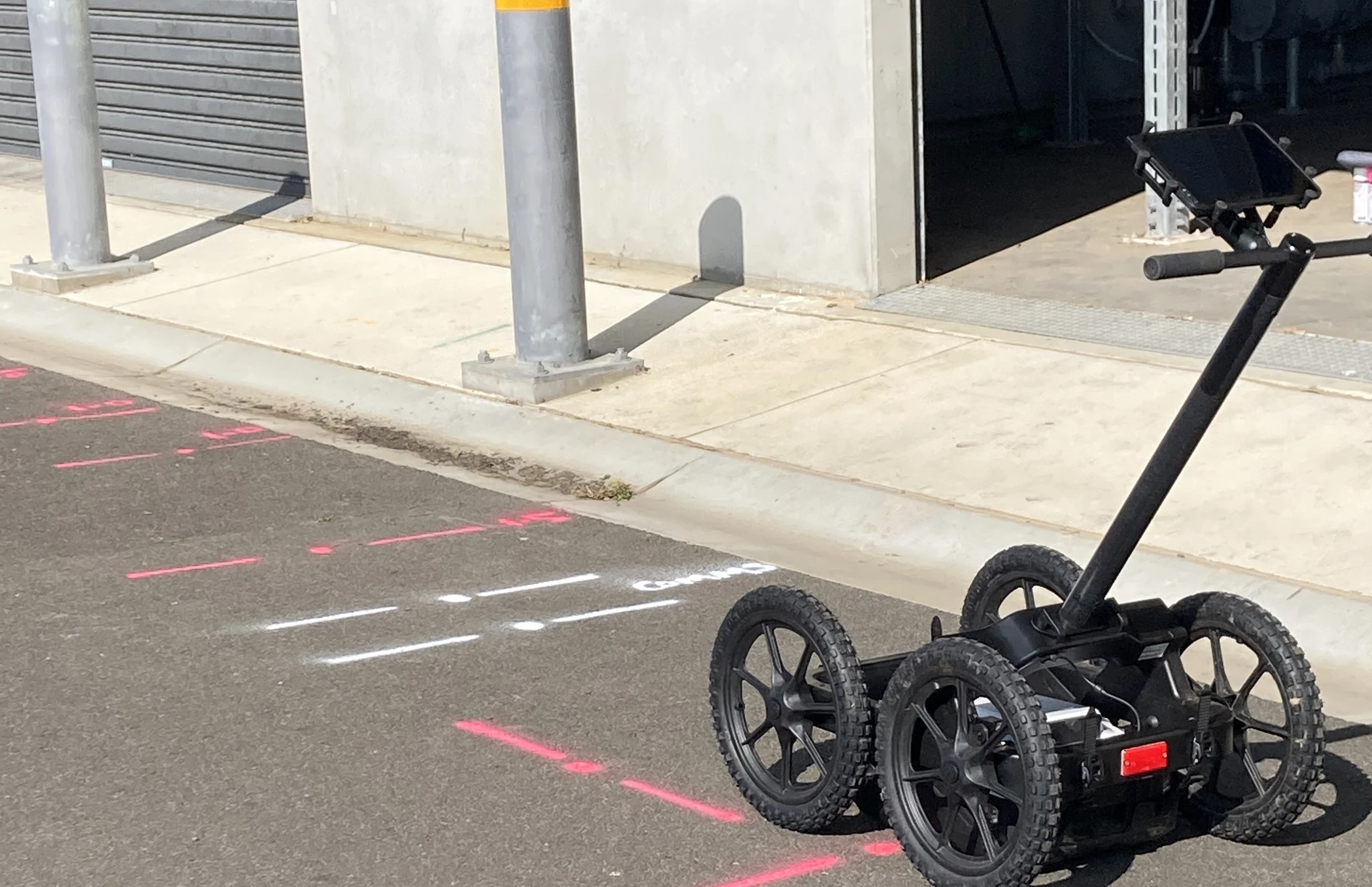
How Does Ground Penetrating Radar Work?
A GPR unit emits radar waves into the ground at varying frequencies, depending on the specific application. For most underground utility locating tasks, a frequency of around 450 MHz is considered optimal.
As the equipment is moved across the surface being scanned, these radar waves penetrate the ground and bounce back when they encounter subsurface objects or changes in material. The returning signals are captured, processed, and stored by the system, providing a clear picture of what exists below.
For the most accurate results, GPR is often used in combination with electromagnetic (EM) locating equipment and potholing techniques. Together, these methods represent one of the most effective ways to identify and confirm the location of underground utilities on a site.
Learn MoreIs GPR Better Than Electromagnetic Utility Locating Methods?
There are multiple technologies available for underground utility detection, and the best method depends on the conditions of each site. While GPR is a highly effective tool, like all technologies, it has its strengths and limitations.
If Before you dig Australia (BYDA) plans suggest that non-conductive pipes or cables—such as plastic or concrete—are present, Ground Penetrating Radar is usually the most suitable option. Electromagnetic locating devices, on the other hand, are best for conductive materials like metal pipes and live cables.
When used together, GPR and electromagnetic locating methods can cover both conductive and non-conductive utilities, ensuring that the vast majority of underground assets are identified accurately. This dual approach provides the most comprehensive results possible.
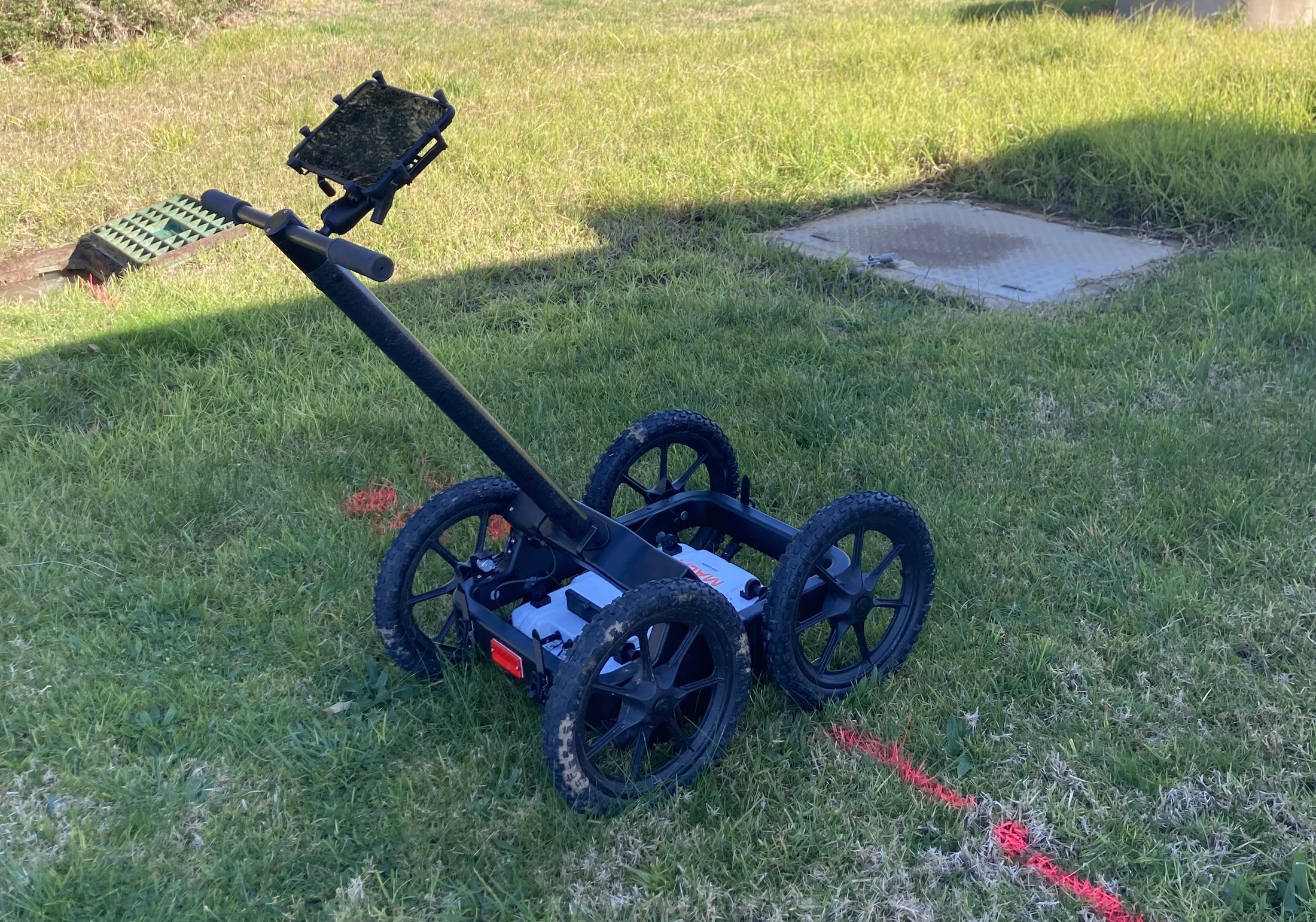
Utility Mapping with Ground Penetrating Radar
By incorporating Ground Penetrating Radar surveys into your pre-construction process, both metallic and non-metallic utilities, as well as subsurface geological features, can be identified and mapped. This allows for better risk management before any work begins.
To achieve the most accurate outcomes, it is vital to work with certified and experienced utility locating professionals. Engaging a specialist company ensures compliance with duty of care obligations and significantly reduces the risks associated with accidental strikes during excavation or construction.
Once scanning is completed, the identified utilities can also be plotted on plans using traditional surveying equipment, such as total stations or GPS, depending on project requirements. This process allows for the creation of a permanent design model, enabling engineers and project managers to rely on precise digital records instead of repeated site visits or large collections of photographs.
Contact Us